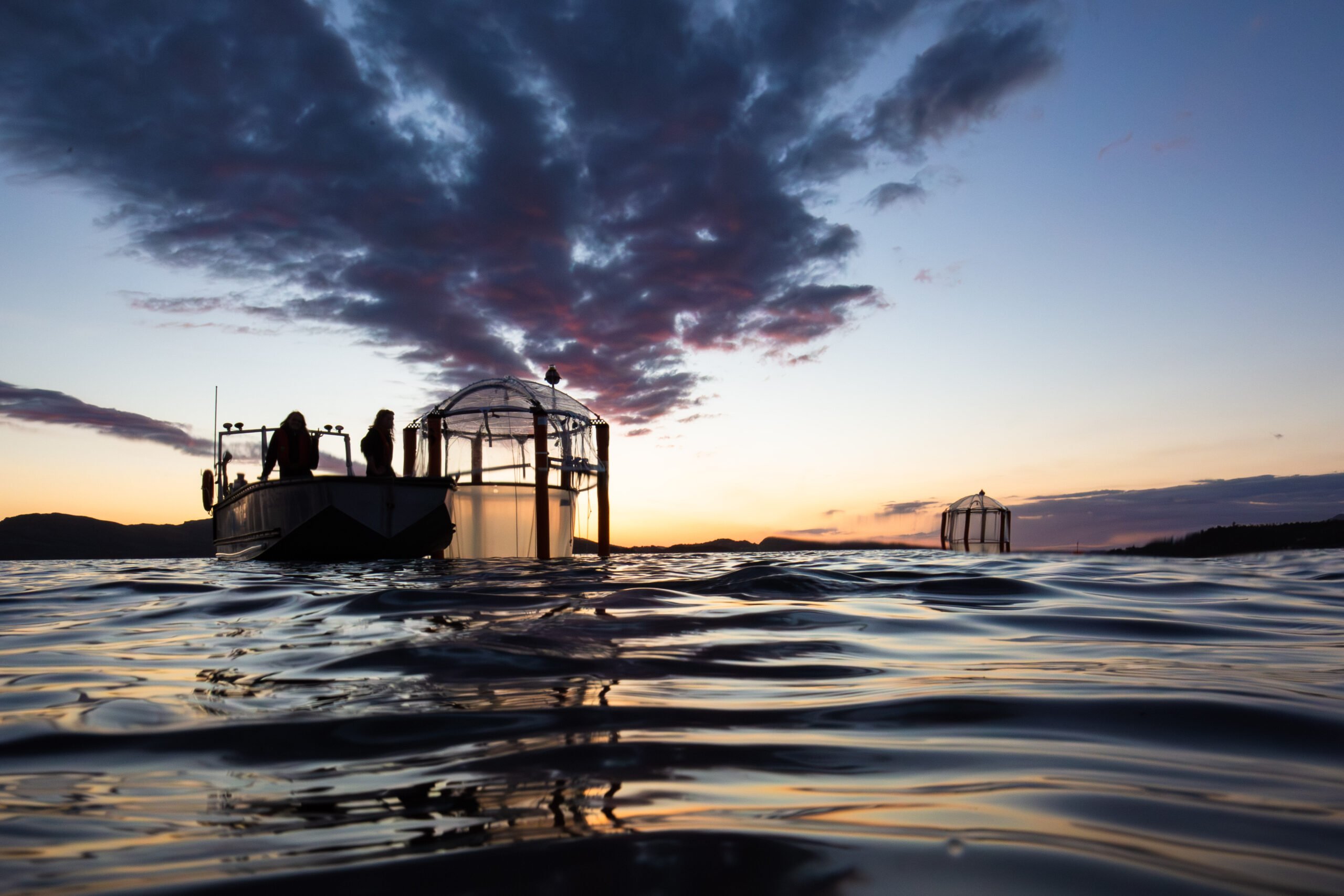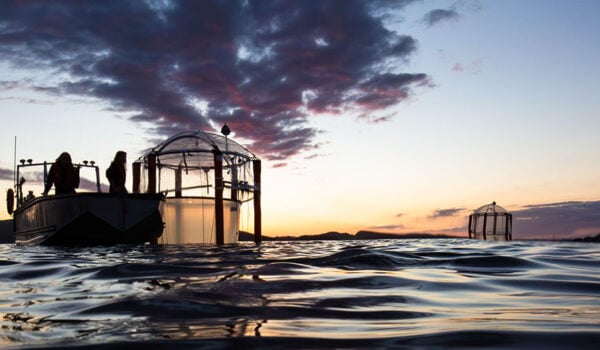November 17th, 2025: A group of internationally renowned marine scientists under the European Marine Board published the Future Science Brief on ‘Monitoring, Reporting and Verification for marine Carbon Dioxide Removal’ today.
The report is clear: rapid CO2 emissions reduction is the top priority. Carbon Dioxide Removal is not a substitute for emissions reductions; marine Carbon Dioxide Removal (mCDR) can only be considered as a potential supplementary measure to support achievement of net-zero emissions.
Marine CO2 removal: A growing field
The report clarifies the current scientific, technical and regulatory challenges that must be addressed to develop appropriate and reliable MRV for any future marine carbon dioxide removal activities, to safeguard ocean health and those who depend on it.
According to the State of Carbon Dioxide Removal report, marine carbon dioxide removal methods contribute less than 0.1% to current removal efforts, but this field is growing rapidly. The potential impacts on the marine environment are not yet clear but could be significant.
Carbon dioxide removal methods, including those focused on marine environments, are currently being researched and piloted. They are seen as a means to address residual emissions and remove legacy carbon from the atmosphere once greenhouse gas emissions have been reduced, and to achieve the Paris Agreement’s climate goals.
Monitoring, reporting and verification (MRV) is a structured process to collect, disclose and independently verify data on marine carbon dioxide removal activities. The process includes quantifying CO2 removals, durability, uncertainties and environmental impacts. Going forwards, science-based guidance to develop these robust, transparent and scientific MRV frameworks for marine carbon dioxide removal is needed.
Scientists give clear recommendations
The international working group of thirteen researchers has presented its findings and clear recommendations on the Monitoring, Verification and Reporting for mCDR activities. Under the leadership of Dr Helene Muri, Senior Scientist at NILU and Norwegian University of Science and Technology (NTNU), Norway, and Dr Olivier Sulpis at CEREGE – Aix-Marseille University, CNRS, IRD, France, the team produced the report. This report is being launched today by the European Marine Board in a webinar.
The document emphasises, among other points, research knowledge gaps that present major challenges for the practical implementation and efficiency of marine carbon dioxide removal methods in the Ocean. Among them are uncertainties about the processes and impacts, and the duration for which the carbon could be stored in the Ocean.
“No marine carbon dioxide removal method currently has a sufficiently robust, comprehensive MRV in place,” says Helene Muri. “This means that efficient and safe deployment of marine carbon dioxide removal methods cannot be ensured at the moment”.
Building the foundations for responsible development
The working group emphasises that investing in science and innovation, such as Ocean observations and modelling approaches and infrastructure, can help to advance the MRV field.
“If we would like to consider the use of marine carbon dioxide removal, we have to invest in knowledge generation for MRV now,” says Helene Muri. “That will enable the development of fit-for-purpose MRV frameworks if or when we reach large-scale marine carbon dioxide removal implementation.”
The researchers also call for the development of robust governance to underpin MRV for marine carbon dioxide removal.
“We do not currently have dedicated governance frameworks for MRV for marine carbon dioxide removal. There is a need for a comprehensive, regulatory framework for MRV that will overcome the fragmentation, inconsistencies and lack of global governance of existing MRV systems,” concludes Helene Muri.

Find out more about the Future Science Brief “Monitoring, Reporting and Verification for marine Carbon Dioxide Removal“.
Read more about and sign up for the webinar ‘Monitoring, Reporting and Verification for marine Carbon Dioxide Removal”.
